Estonia’s Culinary Scene: Tasting Your Way Through the Country’s Unique Cuisine
Estonia may not be the first country that comes to mind when you think of European culinary destinations, but this small Baltic nation has a lot to offer for foodies seeking to explore unique and delicious dishes. With a culinary scene heavily influenced by its Nordic and Eastern European neighbors, Estonia’s cuisine features hearty, comforting dishes that incorporate fresh, seasonal ingredients and plenty of smoked meats and fish.
In this article, we’ll take a deep dive into Estonia’s culinary scene, exploring the country’s signature dishes, ingredients, and culinary traditions that make its cuisine so unique.
The Influences Behind Estonia’s Cuisine
Estonia’s cuisine has been shaped by the country’s complex history and its location at the crossroads of several different cultural and culinary traditions. Over the centuries, Estonia has been occupied by the Danes, Germans, Swedes, and Russians, each leaving their own mark on the country’s cuisine. In addition, Estonia’s northern location has led to a focus on seasonal ingredients and preservation techniques that have helped to shape its culinary identity.
Today, Estonian cuisine is a blend of traditional dishes and modern twists, with chefs incorporating new techniques and international flavors while still honoring their culinary heritage.
Signature Estonian Dishes
One of the most iconic Estonian dishes is black bread, or “leib” in Estonian. Made from a mixture of rye and wheat flour, the bread is dense and chewy, with a slightly sour flavor. It’s often served as a side dish or used as the base for open-faced sandwiches, which are a popular snack or light meal in Estonia.
Another popular Estonian dish is “mulgikapsad,” a hearty stew made with sauerkraut, pork, and barley. The dish originated in the southern region of Mulgimaa and is a staple of Estonian comfort food. The sauerkraut gives the stew a tangy flavor, while the pork provides a rich, meaty texture.
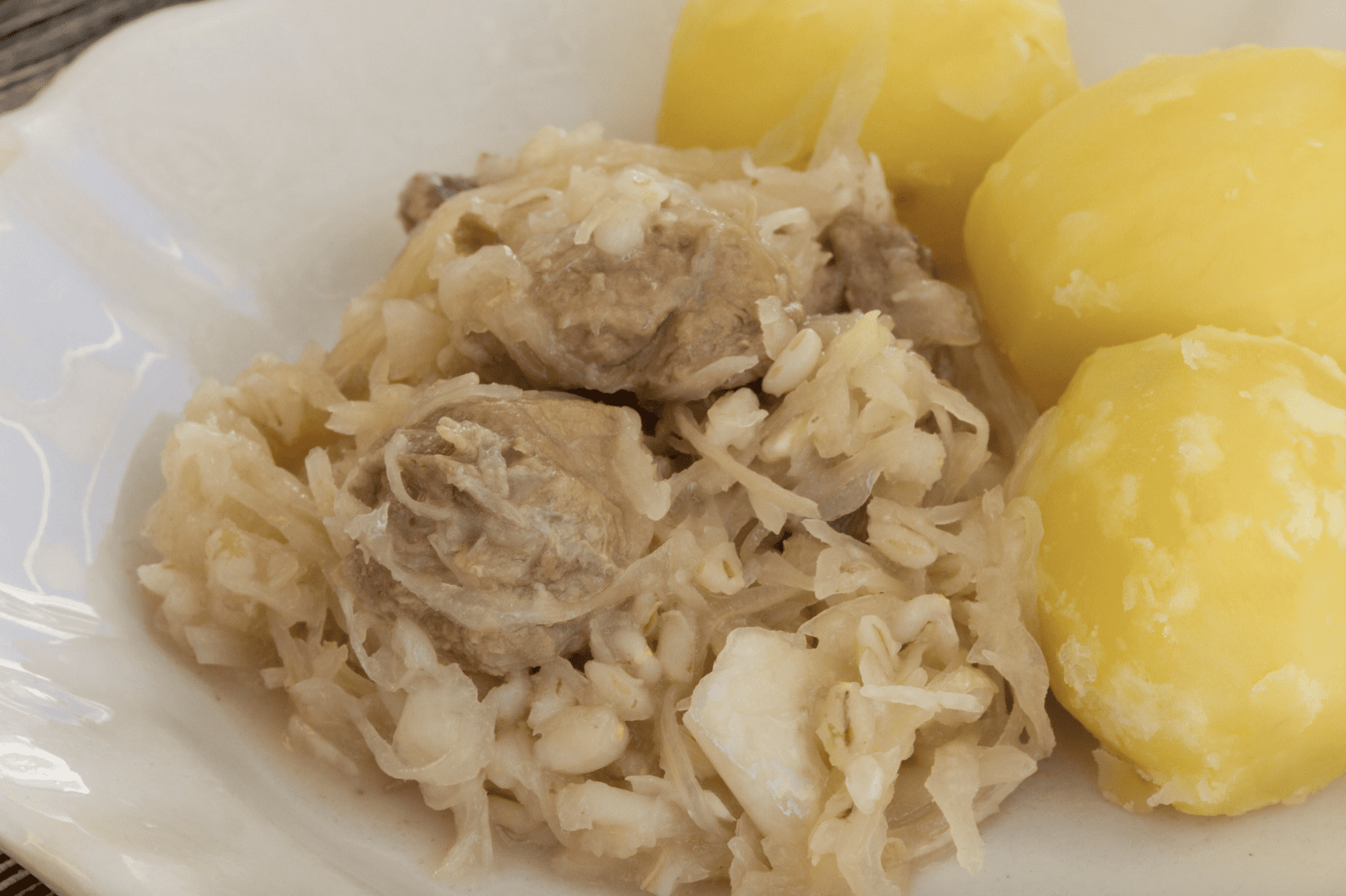
Smoked meats and fish are also a key component of Estonian cuisine, with dishes like “sink” (smoked ham) and “siig” (smoked whitefish) being particular favorites. Smoked meats and fish are often used in salads, sandwiches, and other dishes to add depth and complexity to the flavors.
In addition to these classic dishes, modern Estonian cuisine has begun to incorporate international flavors and techniques, resulting in innovative dishes that blend traditional Estonian ingredients with new twists. For example, the restaurant Ö in Tallinn serves a dish of smoked eel with quail egg, buckwheat, and apple, highlighting the versatility of smoked fish in Estonian cuisine.
Seasonal Ingredients in Estonian Cuisine
Estonia’s northern location means that seasonal ingredients play a big role in the country’s cuisine. In the summer, berries like blueberries, lingonberries, and raspberries are plentiful and are used in everything from jams and jellies to desserts and cocktails. In the fall, mushrooms and wild game like elk and venison are in season and are used in hearty stews and soups.
Winter is a time for preservation techniques, with many Estonians turning to pickling, smoking, and drying to preserve ingredients for the long, cold months. This is when dishes like sauerkraut and smoked meats really shine, providing a source of flavor and nutrition during the darkest days of the year.
Estonian Culinary Traditions
Estonia has a rich culinary tradition that spans centuries, with many dishes and ingredients passed down from generation to generation. One example of this is the tradition of “mulgipuder,” a porridge made from barley and potatoes that is a staple of Estonian cuisine. The dish originated in the southern region of Mulgimaa and has been a beloved comfort food for Estonians for centuries.
Another important culinary tradition in Estonia is the use of the “kama” flour. Made from a mixture of roasted barley, rye, and peas, kama flour has been a staple of Estonian cuisine for hundreds of years. It’s often used to make a sweet porridge or a drink called “kama kohuke,” which is made by mixing kama flour with curd cheese and sugar.
In addition to these traditional dishes, Estonian cuisine has also been influenced by its neighbors, particularly Finland and Sweden. This is evident in dishes like “kotlet,” a type of meatball that’s similar to the Swedish “köttbullar,” and “karjalan pirakka,” a Finnish pastry filled with rice porridge that’s popular in Estonia as well.
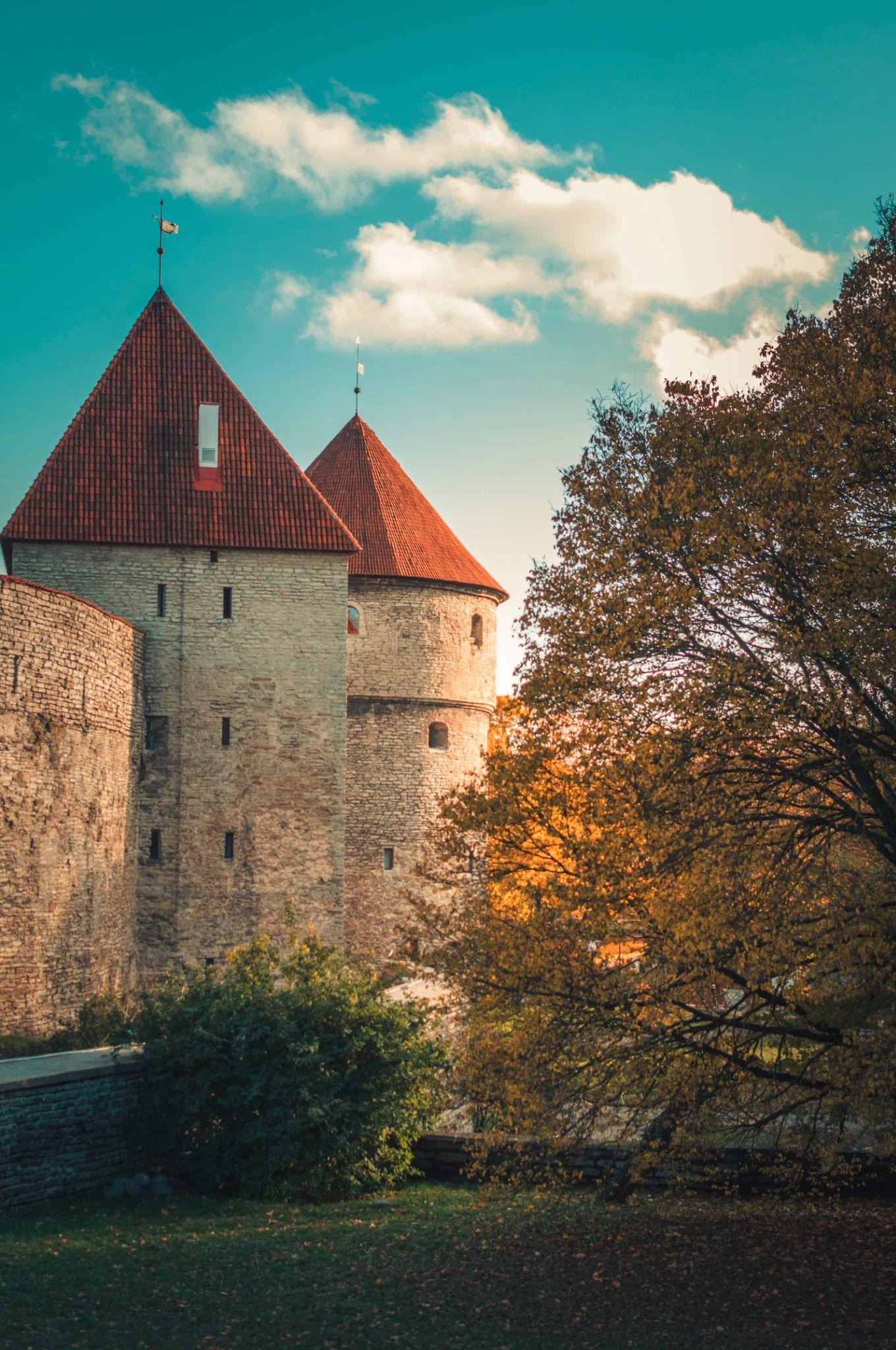
Exploring Estonia’s Culinary Scene
If you’re interested in exploring Estonia’s culinary scene, there are a few key places and dishes that you won’t want to miss. In Tallinn, the capital city, there are plenty of restaurants that offer a taste of traditional Estonian cuisine with modern twists. The aforementioned restaurant Ö is a must-visit for its innovative take on smoked fish and other Estonian ingredients. Another popular restaurant is Rataskaevu 16, which serves classic Estonian dishes like mulgikapsad and black bread.
Outside of Tallinn, there are plenty of other culinary destinations to explore. The island of Saaremaa, located off the western coast of Estonia, is known for its fresh seafood and locally sourced ingredients. The town of Pärnu, on the southern coast of Estonia, is home to several restaurants that specialize in traditional Estonian cuisine, including the popular restaurant Kalamajaka Kohvik.
If you’re looking for a more hands-on culinary experience, there are several cooking classes and food tours available throughout Estonia. These experiences offer the chance to learn about Estonian cuisine and culinary traditions firsthand, as well as the opportunity to taste some of the country’s signature dishes.
Final Thoughts
Estonia’s culinary scene may not be as well-known as those of other European countries, but it’s definitely worth exploring for foodies seeking something new and unique. With a focus on seasonal ingredients, preservation techniques, and hearty, comforting dishes, Estonian cuisine offers a taste of the country’s complex history and cultural traditions. From classic dishes like black bread and mulgikapsad to modern twists on traditional ingredients, there’s something for every palate in Estonia’s culinary scene.
Also check out this YouTube video by our friends From Visit Tallinn:

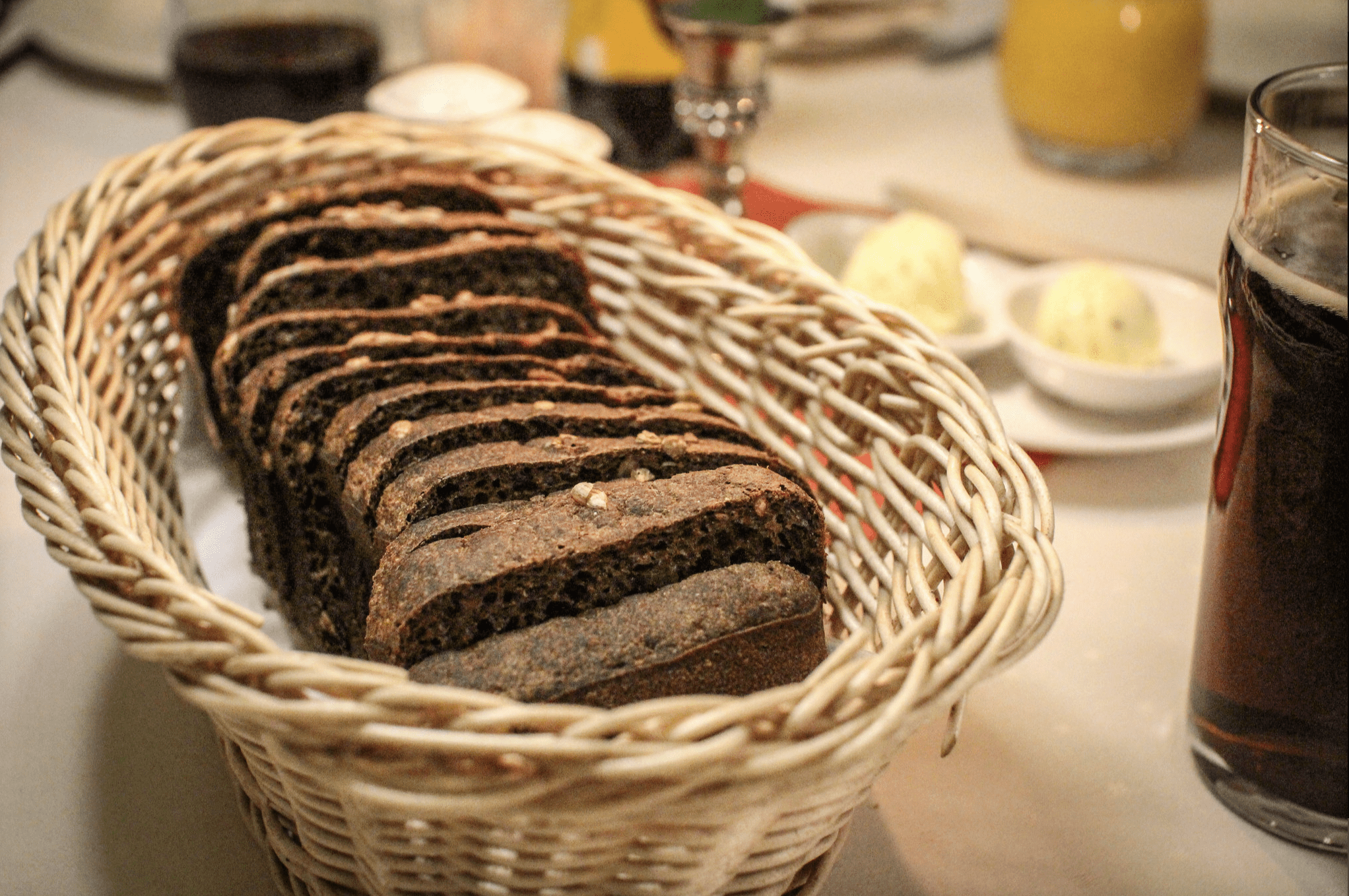

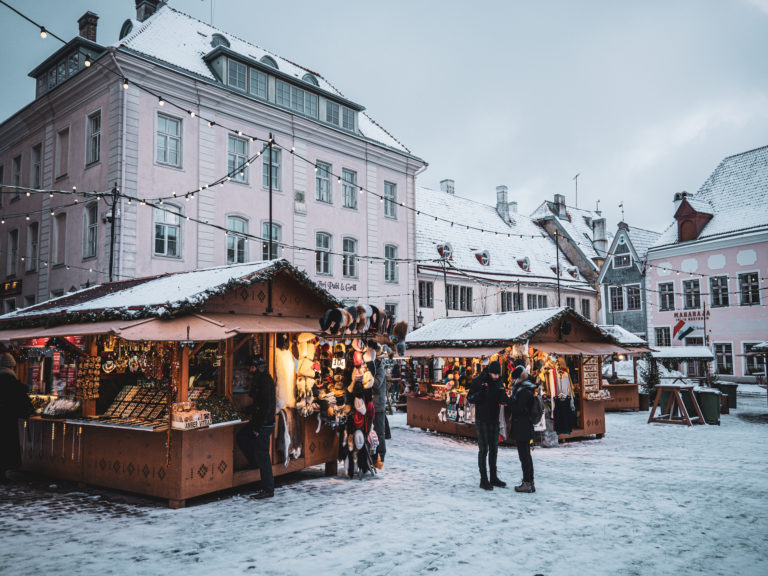
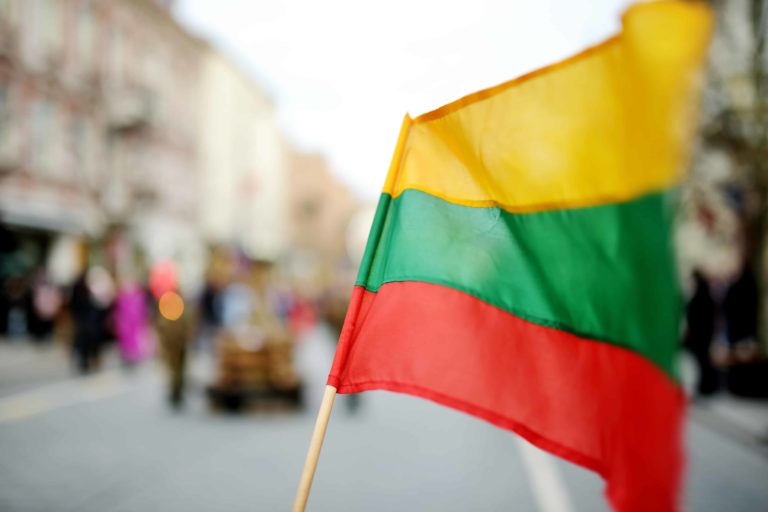


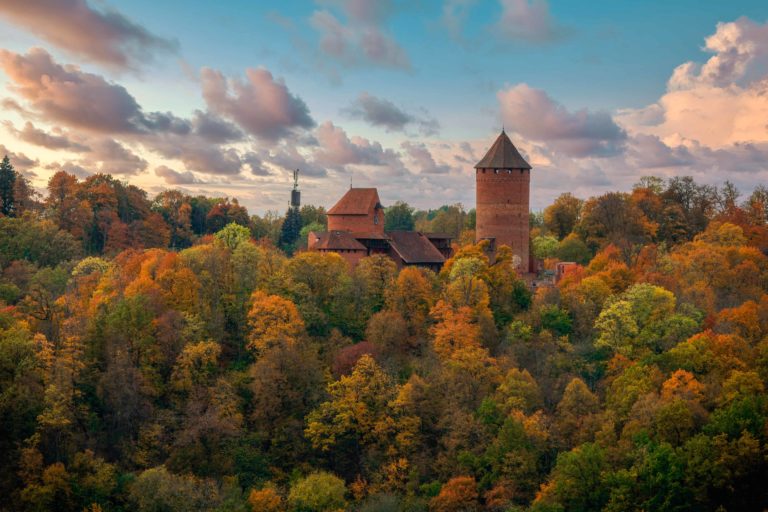
2 Comments